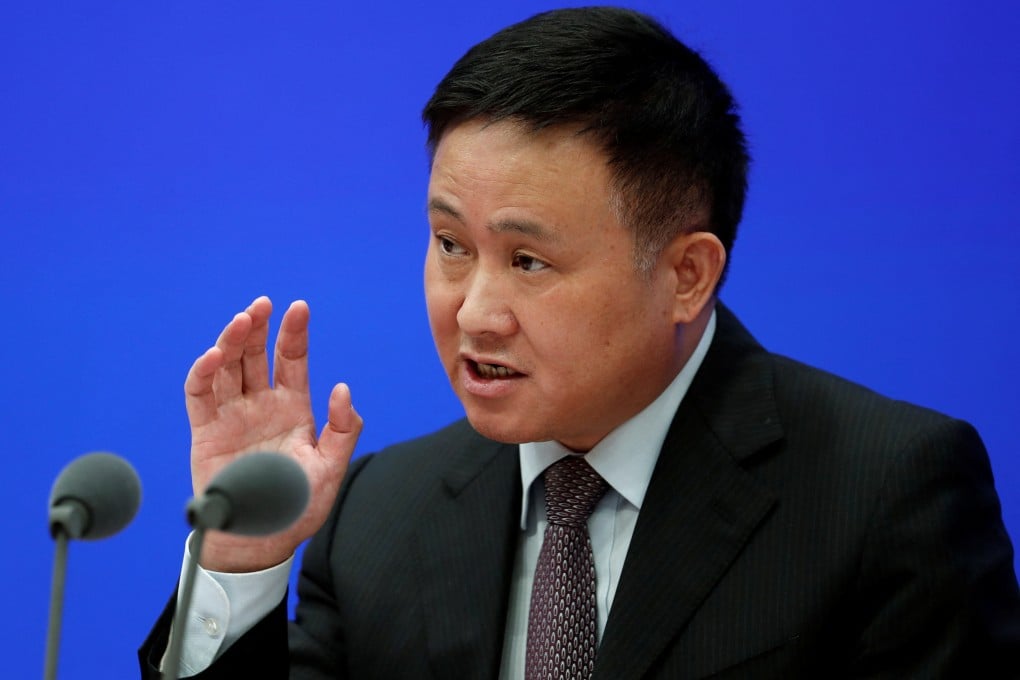Explainer | China’s 100-billion-yuan question: does rare government bond purchase alter policy course?
Speculation is rife on what a US$14 billion treasury bond buy means for China’s money-supply mechanism, and whether the rare move equates to quantitative easing

The rare use of such a monetary tool has ushered in persistent debate among market institutions on the policy implications of such an expansion of the central bank’s balance sheet. Here are some key questions that have been raised:
Is China using Western-style quantitative easing (QE)?
Beijing has been clear about distancing itself from Western-style QE, which has been criticised for pushing up global inflation and resulting in international spillover.
When President Xi Jinping first mentioned the bond trade during the central financial work conference in October, it was intended to enrich the PBOC’s monetary toolbox.
China’s monetary authority is always cautious in bond trade. Its trade size is far below that of the US Federal Reserve, whose balance sheet expanded from US$4.3 trillion in mid-March 2020 to nearly US$7.2 trillion in early June that year following its “unlimited” expansion of US Treasury and mortgage-backed securities purchases.
